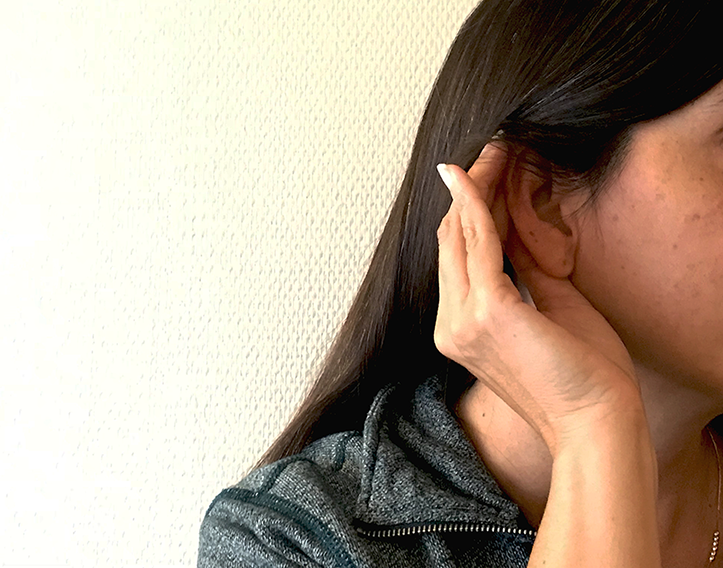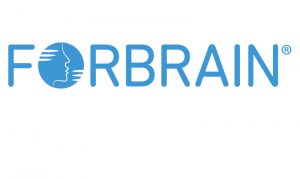
What’s The Difference Between Hearing and Listening?
There is often confusion about the difference between hearing and listening. This is partly because listening depends on the ability to hear. Generally, however, hearing refers to the ability to process sounds and is considered an automatic process that is not consciously directed. The physiology of the ear and the brain is such that sound waves are received in the ear and sent to the brain for automatic decoding.
Listening, on the other hand, involves the conscious interpretation of sounds. It involves the process of attention and taking in information from other senses, typically sight, for the scanning and evaluation of non-acoustic cues, like gestures and expression, to interpret the meaning of what is being said, rather than just the sound of it. The interpretive process involved in listening involves fundamental aspects of brain and mind functioning, like the creation of coherent stories to explain what is happening in our world.
Typically, listening is considered to involve both hearing and interpretation. Listening is often recognized as a critical life skill, enabling effective communication and underpinning relationships, general life skills and success.
This distinction between automatic, unconscious hearing and conscious and directed listening is actually a little misleading. The fact is that hearing, like all sensory processes, is also influenced by personal experience and how the brain is trained. Past experiences will train the brain to be selective to sensory input and to automatically focus on what it considers the most important input and information.
 The brain is a very adaptive organ and various technologies such as Forbrain as we have shown with our technologies, it can be trained to improve sensory processing through neurophysiological training rather then conscious effort.
The brain is a very adaptive organ and various technologies such as Forbrain as we have shown with our technologies, it can be trained to improve sensory processing through neurophysiological training rather then conscious effort.
For example, one significant result from scientific research on Forbrain conducted by Professor Charles Escera at the University of Barclelona, is that use Forbrain of our technology does improves attention and reduces distractibility. This increase in the brain’s attention to sound is not a conscious process, it’s a function of subconscious brain training of neurophysiological processes. Such training improves attention but through a route that is different from the conscious attention that someone makes when they are trying hard to listen.
Because listening is a conscious process we tend to assume that it is an entirely conscious process, but that isn’t correct. When interpreting what we hear and see, there are many unconscious automatic processes in play. When we attend to anything, we might be aware of certain aspects of the stimuli that are bombarding our senses and we are consciously aware of the narrative that we are creating. However, we are also unaware of all the processes that are contributing to these interpretations. William James, the great 19th century American psychologist described the host of subconscious factors that influence our perception and thinking, including our past experiences, as “the fringe of consciousness." They influence both the hearing and listening process.
At the heart of the discussion about differences between hearing and listening, therefore, is the concept of attention. The fact is that most people think of attention as a consciously directed process but that’s not entirely accurate. Attention can be a very conscious process as you make a point of focusing on a particular sensory input or your own internal feelings and thoughts. However, attention can also be involuntary, as the brain directs its focus on to sensory input it considers important.
Some brains are distractible which can make sensory processing problematic. If a brain switches attention before it has fully received sensory input, the processing will be incomplete leading to poor interpretation and understanding. It’s interesting to note that a significant number of people who are diagnosed with auditory processing disorders are also diagnosed with Attention Deficit disorders. Some people argue that this is a confusion and that the Attention Deficit Disorder diagnosis is incorrect. However you look at it, fine tuning attention becomes critical for sensory processing. And interpretation and understanding depend on accurate sensory processing.
In Dr. Escera’s research mentioned above, the use of Forbrain was associated with an increase in the brain’s attention and a reduction in distractibility. That improves sensory processing and the ability to interpret that information accurately.

